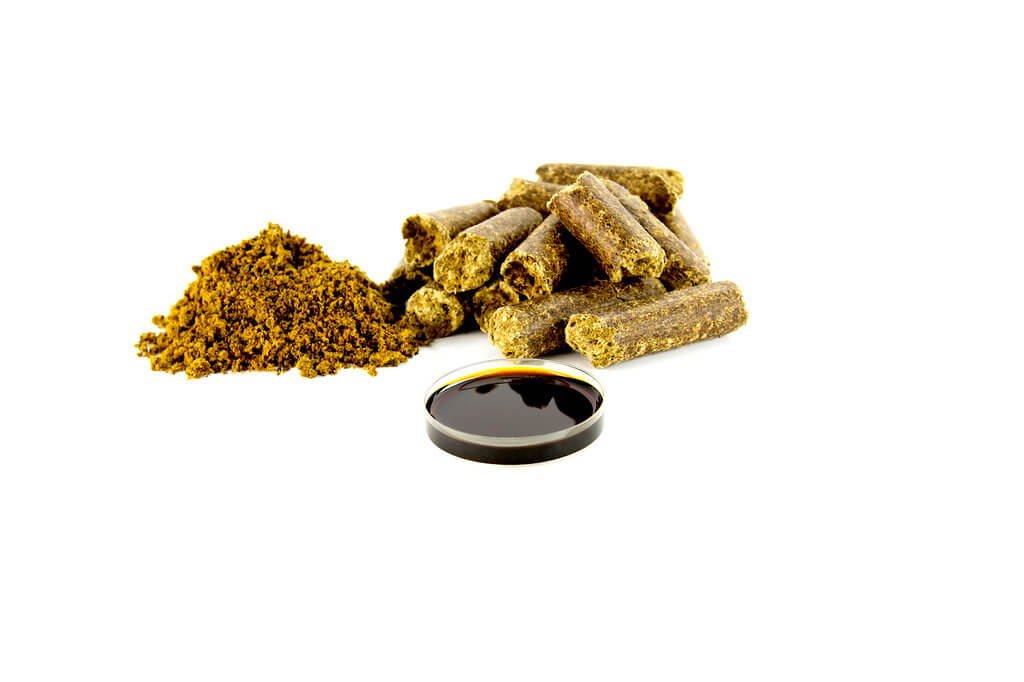Processing Cottonseed Using High-Shear Dry Extrusion

Cottonseed presents a unique set of challenges and opportunities when extruded. With oil content ranging from 14% to 24% and highly variable moisture levels depending on harvest and storage conditions, it requires a tailored approach to maximize oil recovery and ensure efficient throughput during high-shear dry extrusion.
Unlike other oilseeds, cottonseed is typically processed after ginning, which leaves behind small amounts of lint. This lint contributes to the seed’s bulky nature and complicates uniform feeding into the extruder. For optimal results, the seed must be as clean as possible, and the use of a side feeder is required for low bulk density raw material. Furthermore, any remaining dirt or debris not only reduces oil yield but also accelerates wear on processing equipment due to the naturally abrasive nature of the fiber content.
One of the key advantages of using high-shear dry extrusion for cottonseed lies in the flexibility of the equipment configuration. Compared to other processes, the extruder and press used for cottonseed are the least restrictive. This allows for smoother operation and a wider margin for processing variability important when working with cottonseed, which can differ in flowability/bulk density, oil content, and cleanliness.
In some instances, cottonseed may arrive at the facility with very low moisture content, sometimes 7% or less. When this happens, a small amount of water injection prior to extrusion can help condition the material, ensuring optimal temperature rise and proper cooking inside the extruder barrel. This step helps rupture the cellular walls of the seed, making the oil more accessible and enhancing the efficiency of the press that follows. In addition, cottonseed contains the antinutrient, gossypol, which can be deactivated through the high-shear dry extrusion process, improving the nutritional quality of the cottonseed meal.
Once the material has been extruded and pressed (i.e., ExPress®), the post-processing requirements for extruded cottonseed meal are similar to those used for soy. This includes cooling, conveying, grinding, and storage procedures that protect the nutritional integrity of the resulting meal and oil.
Insta-Pro International’s high-shear dry extrusion technology provides processors with the control and adaptability needed to process cottonseed meal and oil successfully. From equipment design that accommodates the seed’s physical traits to processing flexibility that adjusts for moisture and oil content, our system helps ensure efficient, profitable oilseed processing, even for challenging inputs like cottonseed.



